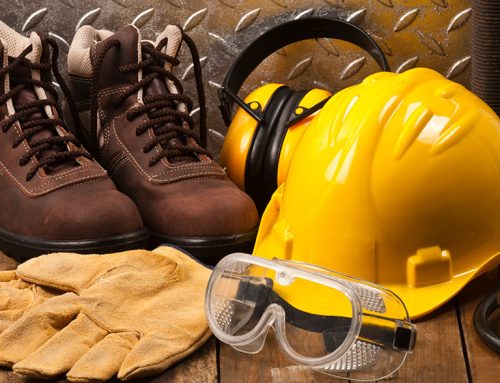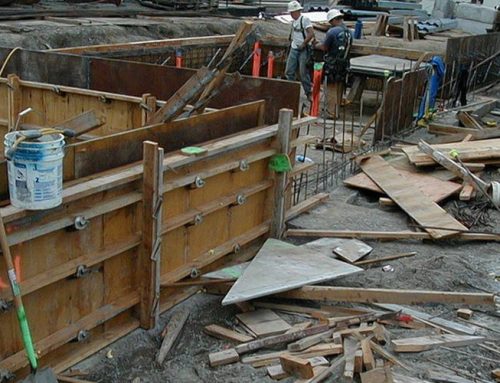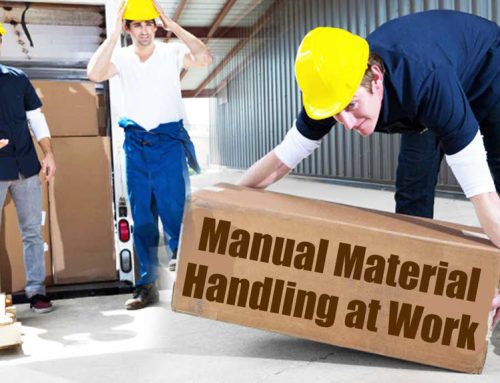Introduction
Ladders are an essential tool in various industries, including construction, maintenance and manufacturing. However, their improper use can cause severe injuries, leading to significant consequences for both workers and employers. That’s why it’s essential to implement safety measures and procedures to ensure the safe use of ladders. A safe use of ladders toolbox talk will discuss the guidelines and best practices for using ladders safely.
Selecting the Right Ladder for the Job
Before using a ladder, it’s crucial to choose the right one for the task. Different types of ladders are suitable for specific jobs, depending on the height of the work area, the type of work and the worker’s weight. For example, extension ladders are suitable for outdoor jobs that require reaching high heights, while step ladders are ideal for indoor jobs that require a stable platform. Moreover, it’s essential to select a ladder made from sturdy materials, such as fiberglass or aluminum, that can withstand the weight of the worker and the tools.
Inspecting the Ladder before Use
Once you have selected the appropriate ladder for the job, it’s essential to inspect it before use. Inspections should occur every time the ladder is used, even if it was used earlier that day. The inspection should include checking the ladder for cracks, bent or broken rungs, missing or loose bolts and any other damage that could compromise its stability. If any defects are found, the ladder should not be used until it is repaired or replaced.
Setting up the Ladder
Setting up the ladder correctly is crucial to ensure its stability and safety. Before setting up the ladder, ensure that the ground is level and free of any debris. The ladder should be placed on a stable surface and angled correctly, with the base of the ladder placed one foot away from the wall for every four feet of height. Additionally, the ladder should be secured by tying it off at the top or using a stabilizer bar or other equipment to prevent it from slipping or falling.
Climbing the Ladder
Climbing the ladder is another key element of a safe use of ladders toolbox talk. Climbing the ladder requires caution and proper technique to ensure safety. Workers should use three points of contact when climbing the ladder, which means having two hands and one foot or two feet and one hand in contact with the ladder at all times. It’s essential to maintain a steady center of gravity by keeping the body between the ladder’s side rails. Workers should avoid leaning too far to either side, as it could cause the ladder to tip over. Additionally, workers should never stand on the top two rungs of a ladder, as it could cause the ladder to become unstable.
Working on the Ladder
Once the worker has reached the desired height, it’s essential to maintain a stable position and avoid sudden movements or jerks. Workers should avoid overreaching or leaning too far to one side, which could cause the ladder to tip over. Moreover, workers should not carry heavy loads while on the ladder, as it could affect their balance and cause the ladder to become unstable.
Getting Down from the Ladder
Getting down from the ladder requires the same level of caution as climbing up. Workers should descend the ladder facing it and maintain three points of contact at all times. It’s essential to avoid jumping off the ladder or using it to gain extra height, as it could cause the ladder to tip over or the worker to lose their balance.
Encouraging Safe Ladder Practices
Implementing safety measures and procedures for ladder use is essential, but it’s also crucial to encourage safe ladder practices among workers. Here are some tips for promoting safe ladder practices, which should be covered in a safe use of ladders toolbox talk.
Provide Training
Employers should provide training on ladder safety to their workers, to ensure they are aware of the potential hazards and how to use ladders safely.
Conduct Regular Safety Inspections
Regular inspections of ladders should be conducted to identify any defects or damage that could compromise their stability and safety.
Create a Safety Culture
Employers should create a safety culture where workers feel comfortable reporting any hazards or unsafe practices they observe.
Use Signs and Labels
Signs and labels should be used to indicate the correct use of ladders and any hazards associated with their use.
Provide Personal Protective Equipment
Workers should be provided with personal protective equipment, such as safety harness, to prevent falls and reduce the risk of injury.
Encourage Communication
Employers should encourage workers to communicate with each other about ladder safety, including sharing tips and best practices for using ladders safely.
Conclusion
Ladders are a critical tool in various industries, but their improper use could result in severe injuries. Therefore, it’s essential to implement safety measures and procedures to ensure the safe use of ladders. These guidelines and best practices should be followed to ensure workers are equipped with the knowledge necessary to use ladders safely. By following these guidelines and using common sense, workers can reduce the risk of injuries and ensure a safe work environment.
If you need a provide a toolbox talk related to use of ladders, then our Ladder Toolbox Talk might be of interest to you.
Alternatively, if you are looking for a range of ready to deliver toolbox talks, then you might be interested in our toolbox talk packages. These include a range of toolbox talks at a cost-effective price.






